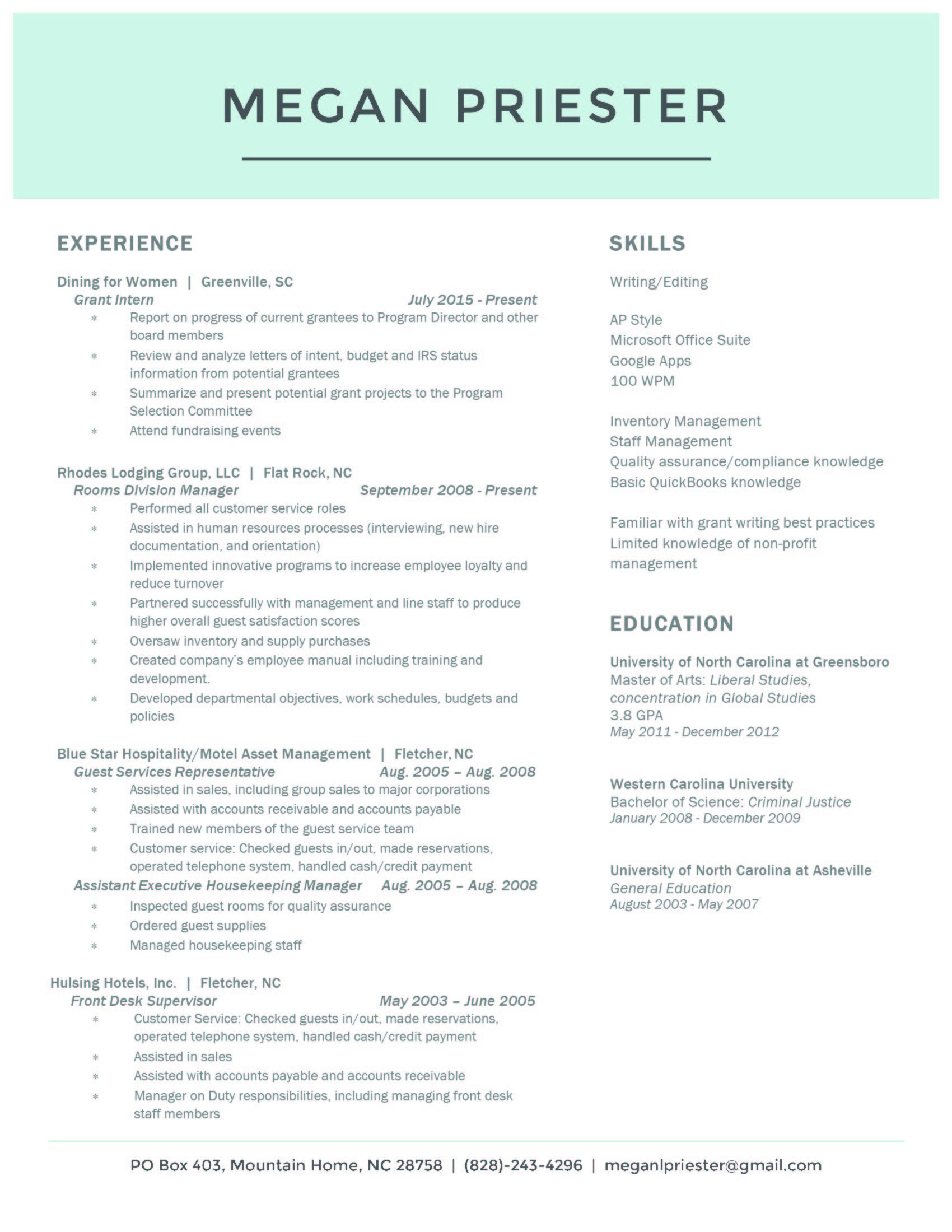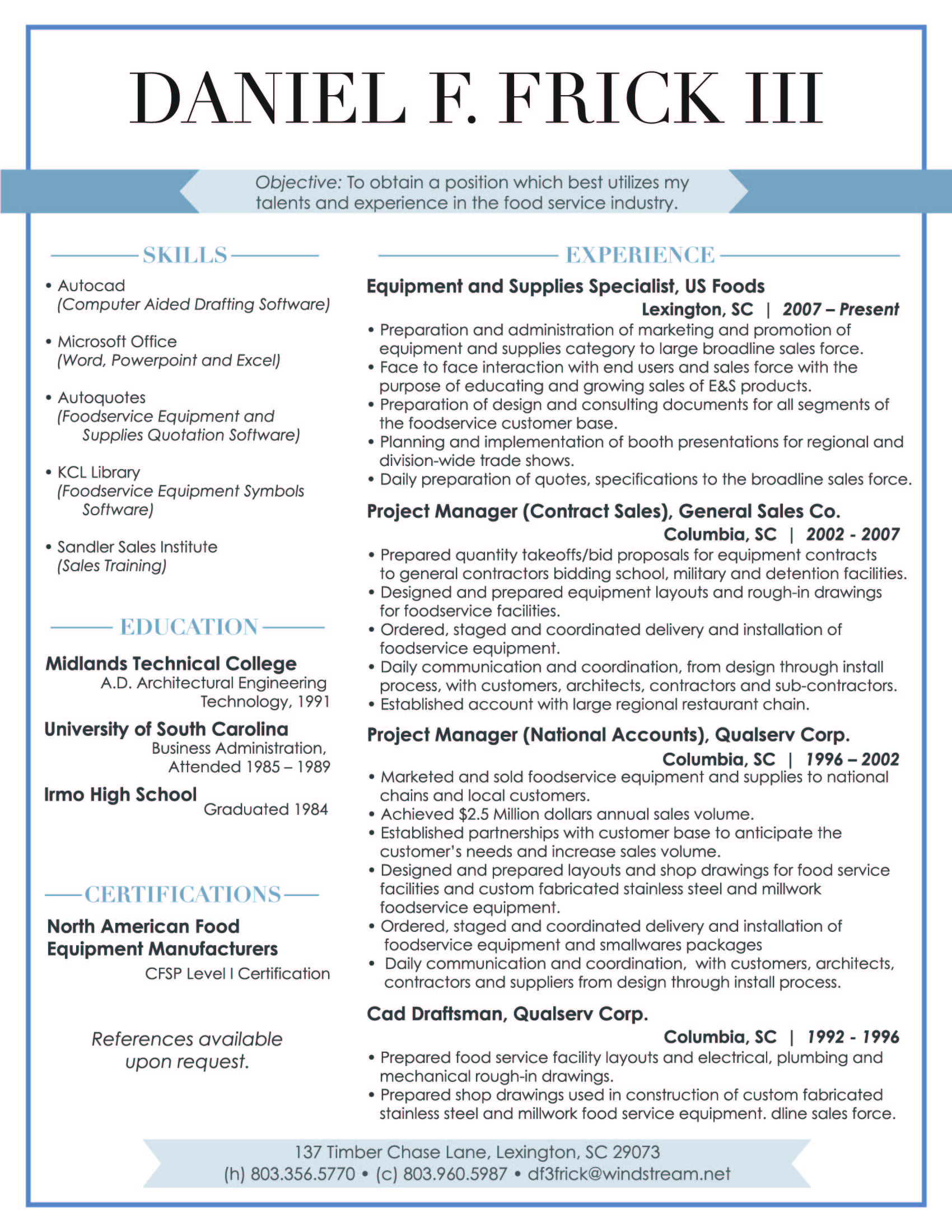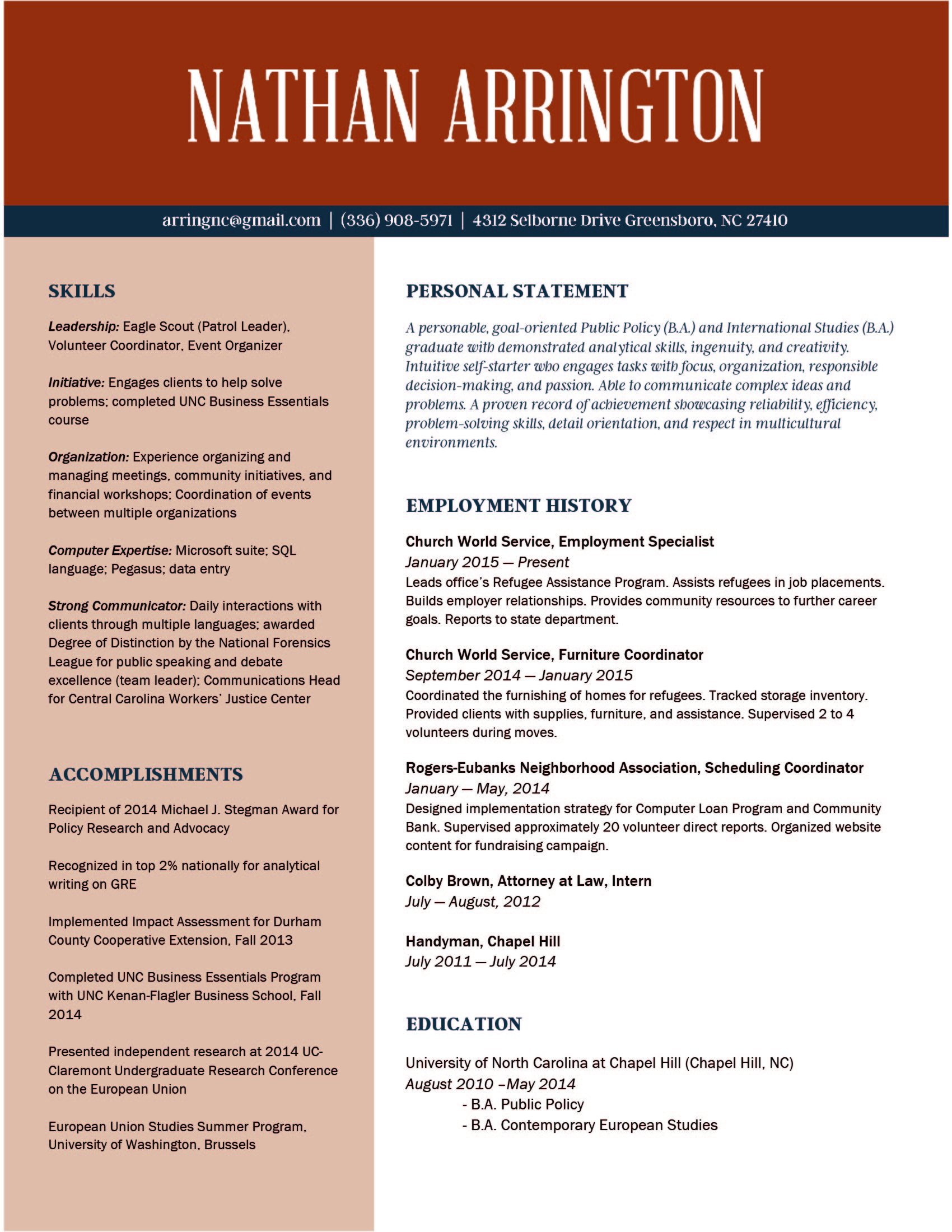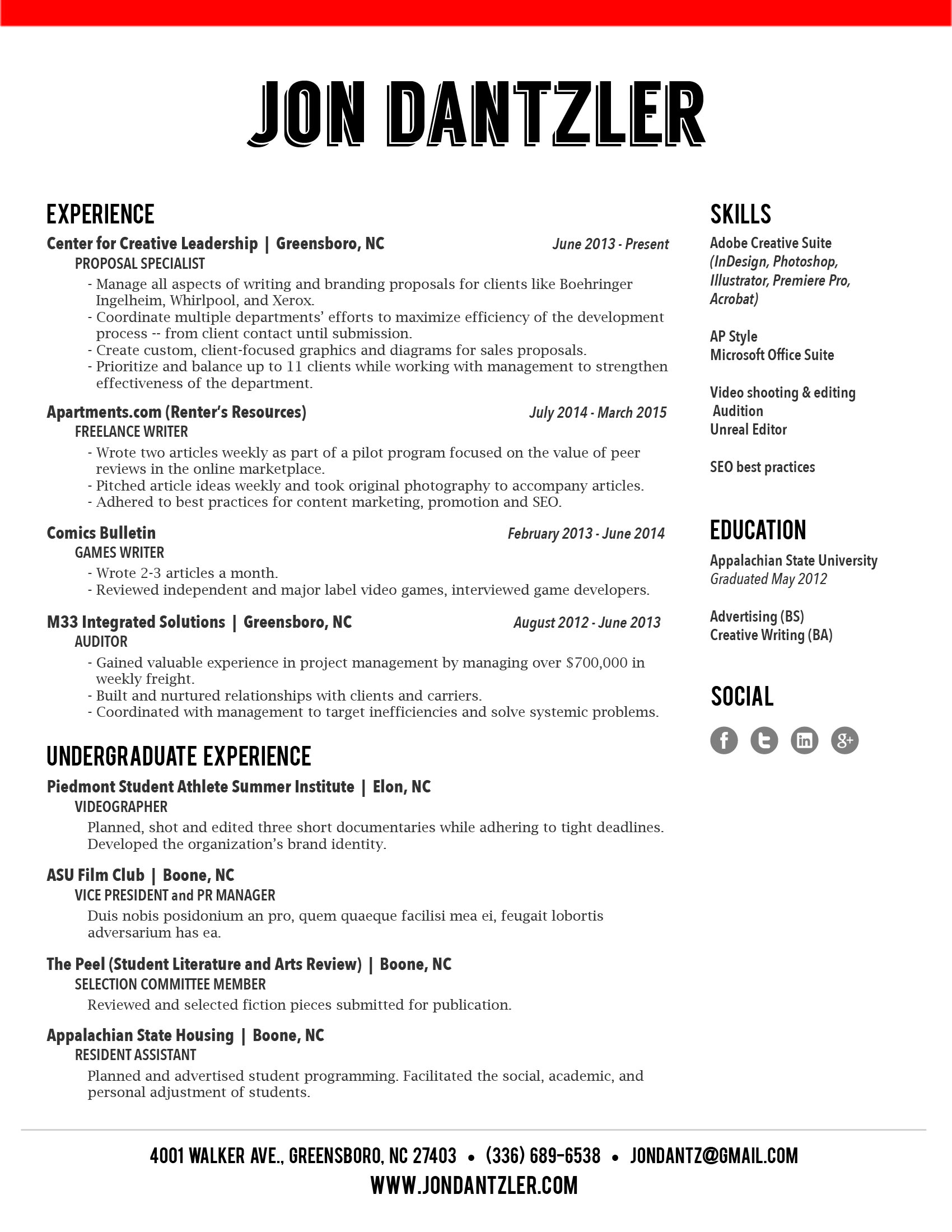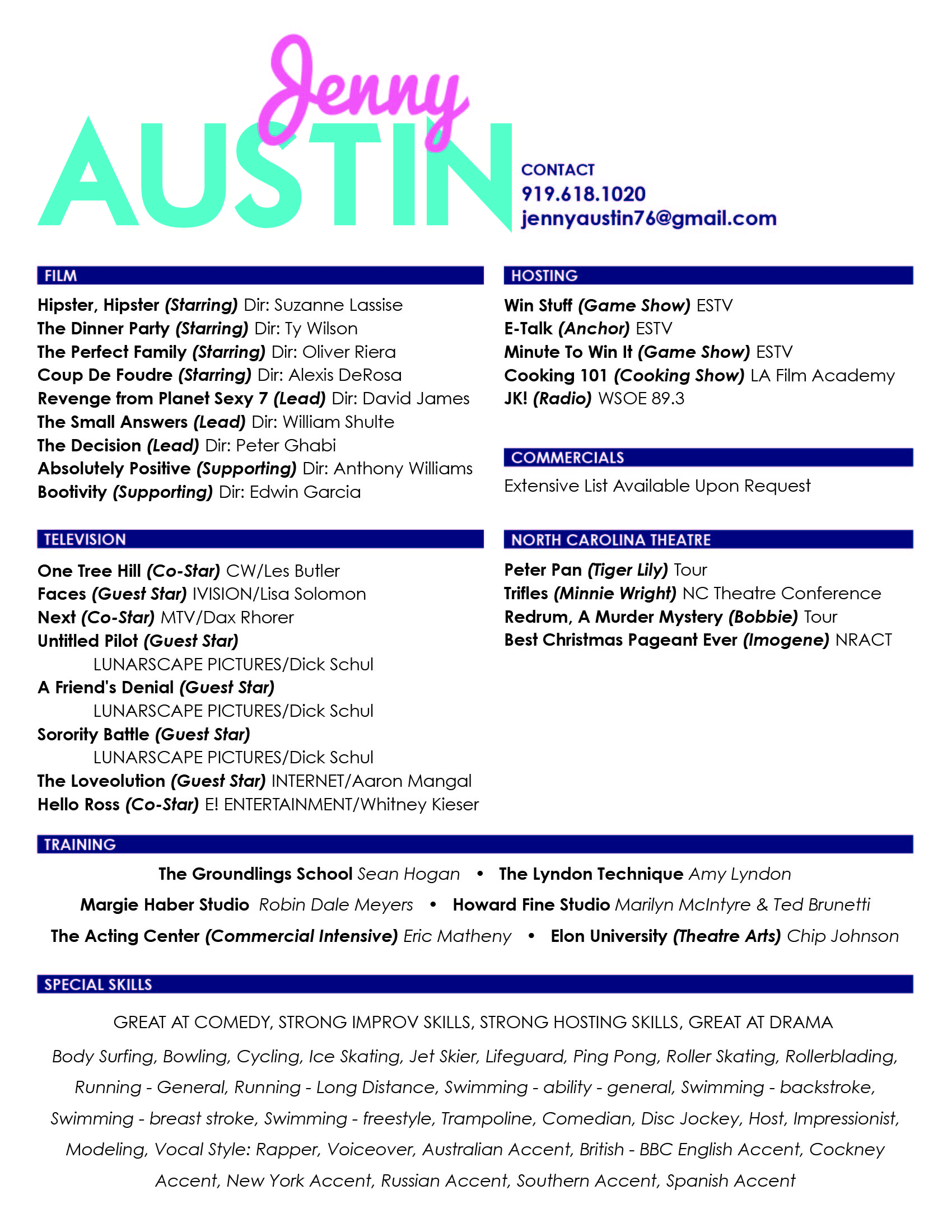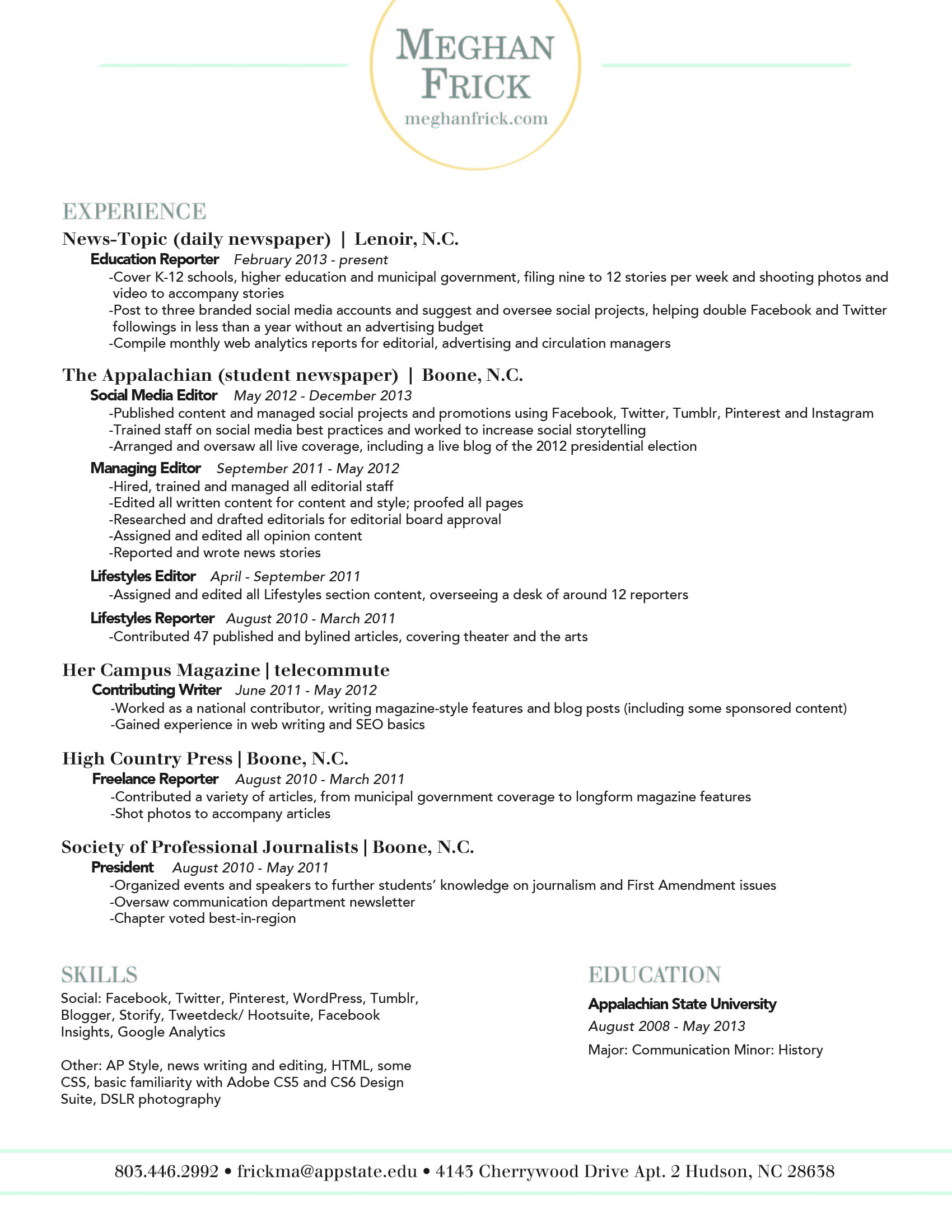Think about the last time you watched something. Did you sit back on the couch and grab the remote, or did you reach for the phone in your pocket?
The days of devouring media solely on a TV screen are long gone. In fact, the total number of videos uploaded in the last 30 days dramatically surpasses the amount of content produced by major U.S. networks in the past 30 years.
With all those videos out there, how do you get eyes on your own content?
This week for Part 3 of our Great Mobile Video series, we’ll show you how to your iPhone videos to stand out on three major platforms.
YouTube
YouTube’s search engine is massive, so getting noticed in a sea of competing content boils down to the work you put into your SEO.
To help your videos pop up more often in search results, put time and effort into your metadata (title, description, tags, category, and thumbnail).
TITLE
Your title should be no more than 60 characters long, but keep in mind that mobile users will only see about 26 characters of that.
Avoid using “clickbait” titles to draw in views. An example? “This will change your life forever!” about a video showing off a new mop. Come up with a title that’s catchy, but honest… or you risk annoying your viewers and forfeiting subscribers.
Organize your videos into playlists. It will entice viewers to watch more of your content.
DESCRIPTION
Because only 2-3 lines of text (about 100 characters) are shown in the description of your videos during searches, put the most important info first. Mobile users won’t see your description at all, only your title.
TAGS
Spend time researching relevant tags (Google’s Keyword planner is a great tool to use). Make sure that you only use tags that have to do with your video. Irrelevant tags could cause you to land in trouble with Google.
CATEGORY
Make sure to choose the right category based on your viewers’ demographics. We recommend visiting YouTube’s Creator Academy to make sure that your selection is the right fit for your brand.
CREATE A CLEVER THUMBNAIL
An eye-catching thumbnail can help your videos stand from competing search results. Think of your thumbnail as a little snapshot of what your video is about. Stick to a simple scheme like an image from your video paired with bold title. Canva is a great tool to use if you’re not savvy with Photoshop.
Think YouTube is the leading video viewing platform? Well, that’s sort of true…
On average, 45% of people watch over an hour of YouTube or Facebook videos every week. Focusing on one over the other could cause you to miss out on a lot of potential leads.
While you may be tempted to simply share your YouTube link on Facebook, studies show that uploading videos directly to Facebook can increase your share rate dramatically. In fact, when compared to YouTube links, native Facebook videos perform 10x better and receive higher levels of engagement.
Sidebar: Because 85% of Facebook are viewed without sound, make sure that you have your subtitles enabled.
The uploading process it pretty similar to YouTube’s, choose a descriptive title and a compelling thumbnail to draw in views. We highly recommend spending time on your actual post. Only 400 characters of your post will share when people are scrolling through their feeds, so choose your words wisely.
Investing in a Facebook campaign is another great way to amp up your views. Check out our guide for more details.
Before your video debuts, drum up excitement by mixing in teasers with your normal content.
When it comes to Instagram views, hashtags are your best friend. Using at least one hashtag will bring in 12.6% more engagement that not using any. Just try not to go overboard. The rule of thumb is to choose relevant hashtags that are consistent with your brand, and are easily discoverable by new viewers.
Advertise your video in your bio with a compressed link. You can promote the video further in your other posts by stating “link in bio” at the bottom of the captions.
If you have influencers or special guests featured in your video, make sure to tag their page and have your participants do the same for you. This makes it easier for their viewers to discover your brand.
One final takeaway…
When you get started with video, don’t obsess over your amount of views. Results take time. Instead, focus on producing and uploading high quality videos regularly, so that you can build up a following and increase your brand awareness overtime.
Hue & Tone Creative: Social Media Marketing in the Triad
Looking to launch an ad campaign or ramp up your social media presence? Get started with the pros! From social media management to email campaigns, the creative thinkers at Hue & Tone Creative can help bring your brand’s story to life.

















